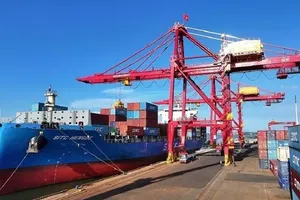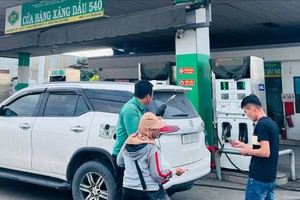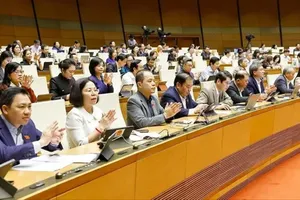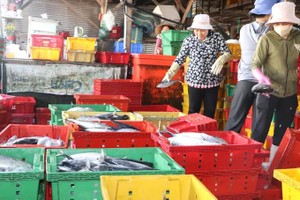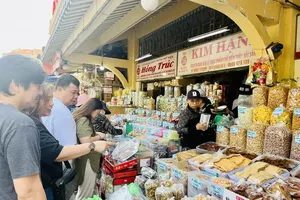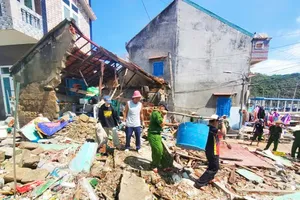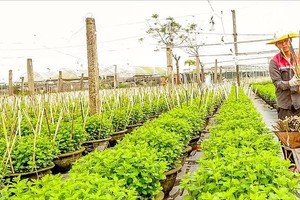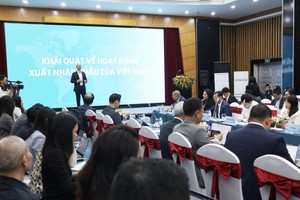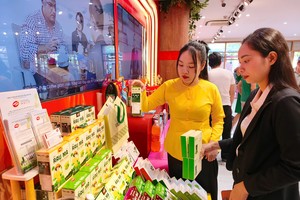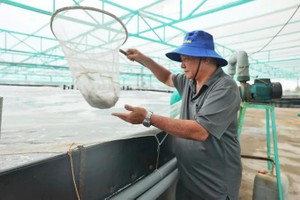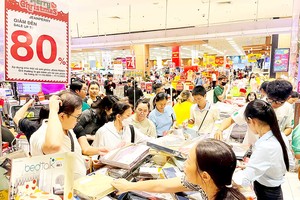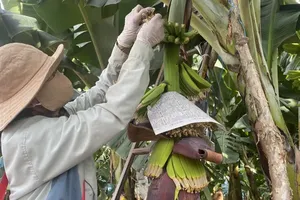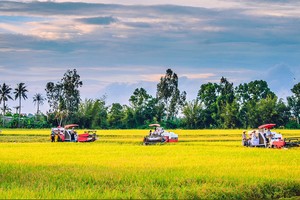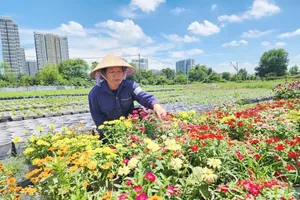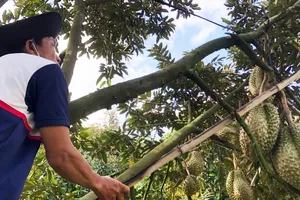Speaking at the conference held in the Central Highland province of Dak Lak by the Ministry of Agriculture and Environment, Minister of Agriculture and Environment Do Duc Duy assessed that durian is one of the agricultural products with strong growth rate in recent times, with the total planting area nationwide reaching nearly 180,000 hectares. Dak Lak Province is home to more than 30,000 hectares.
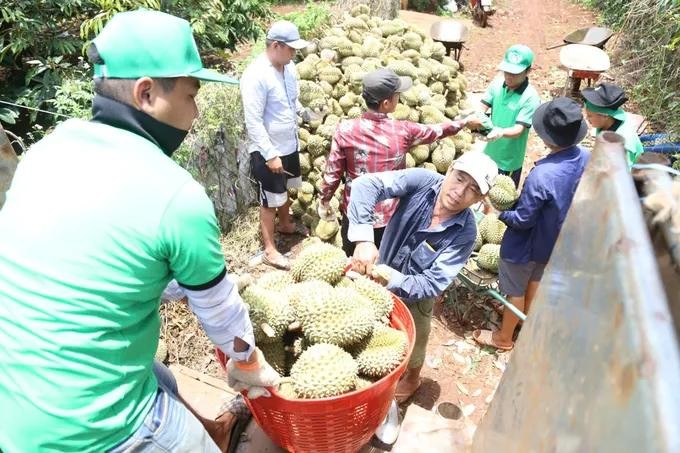
However, the Minister cautioned that the durian industry's rapid growth poses significant risks, particularly evident in the first four months of 2025. He pointed to emerging signs of instability caused by an imbalance between the accelerating pace of production expansion and the relatively limited capacity to organize a responsive and efficient supply chain.
In addition, he highlighted the growing mismatch between increasingly stringent quality control demands from international import markets and the domestic industry's ability to meet these expectations.
In response to this pressing situation, the Minister urged local authorities, businesses, and industry associations to proactively assess and identify potential risks, particularly in the areas of growing area management, product traceability, and quality assurance. Minister Do Duc Duy also emphasized the importance of crafting a comprehensive, long-term development strategy for the durian sector. Such a strategy should prioritize the diversification of export markets, increased investment in advanced processing technologies, and the gradual transformation of Vietnamese durian into a recognized national brand with strong international standing.
Supporting this assessment, Director Huynh Tan Dat of the Department of Cultivation and Plant Protection reported a sharp decline in durian exports to China in 2025—a drop of 71.3 percent in volume and 74 percent in value. He attributed this downturn to China's heightened technical standards. Exported durians must now be sourced from officially coded growing areas and packaging facilities, be free from harmful organisms, and comply with strict food safety requirements, including the absence of pesticide residues, heavy metals, and prohibited substances.
To address these challenges, Vietnam has implemented a series of corrective measures. These include the rollout of a cadmium contamination control model, tighter regulation of agricultural input use, systematic review and reinstatement of non-compliant growing area codes, and continued collaboration with Chinese authorities to resolve procedural and technical trade barriers.
At the conference, many businesses and localities recommended that the Ministry soon issue sanctions to handle violations of growing area codes, fruit quality standards and the process of establishing and managing codes.
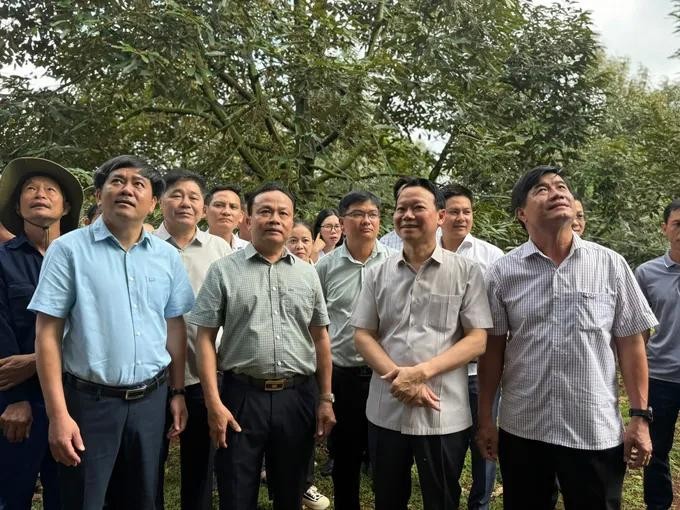
A representative of Tay Nguyen Durian Joint Stock Company (Sarita) proposed bolstering oversight of packaging facilities. This measure aims to prevent substandard goods from being exported, which could damage the industry's reputation.
Vice Chairman of the Gia Lai Provincial People's Committee Duong Mah Tiep proposed the urgent completion of a dedicated system of specialized agencies at both provincial and commune levels. These agencies would be responsible for the establishment and oversight of growing areas and packaging facilities. He also called for the prompt issuance of national standards for Vietnamese fruit quality to ensure consistency with export requirements and enhance the global competitiveness of Vietnamese produce.
Addressing this matter, Director Huynh Tan Dat noted that the Ministry of Agriculture and Environment is currently soliciting public input on a draft Circular. This draft provides comprehensive guidance on the management of codes for growing areas and packing facilities. It outlines rigorous technical criteria that must be met, including standards for cultivation conditions, traceability documentation, food safety compliance, and pest control protocols.
Amid these regulatory developments, Minister Do Duc Duy shared encouraging news at the conference that the General Department of Customs of China officially approved an additional 829 growing area codes and 131 packing facility codes for Vietnamese durian on May 21. This milestone reflects Vietnam’s proactive efforts in building robust regulatory frameworks and submitting technical documentation aligned with China’s import requirements.
Minister Do Duc Duy called for an urgent review of planting area planning to prevent unregulated expansion, excessive use of forest and sloping land, and potential disruptions to ecological balance. He emphasized the need for strict management to avoid uncontrolled development that could jeopardize environmental stability and production safety. To ensure the durian industry grows sustainably, the Minister highlighted the importance of supporting businesses in establishing integrated supply chains, investing in cold storage, logistics hubs, and modern processing facilities—critical elements for enhancing the quality and global competitiveness of Vietnamese durian.
